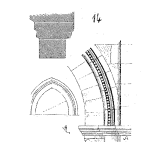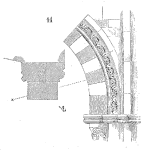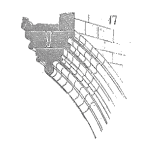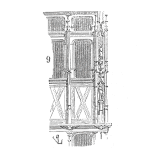
The world needs plant and equipment that are reliable and fault-free for decades. Yet Maintenance can only keep machinery working by replacing broken and at risk parts. Even industrial asset management only aims to lower the cost of plant and equipment ownership. Neither methodology has the capability to deliver what mankind needs in future. Before the end of this century both disciplines will die-out because intelligent production machines will be made that are completely reliable and maintenance-free for their entire lifetimes.
[Read more…]












 Ask a question or send along a comment.
Please login to view and use the contact form.
Ask a question or send along a comment.
Please login to view and use the contact form.